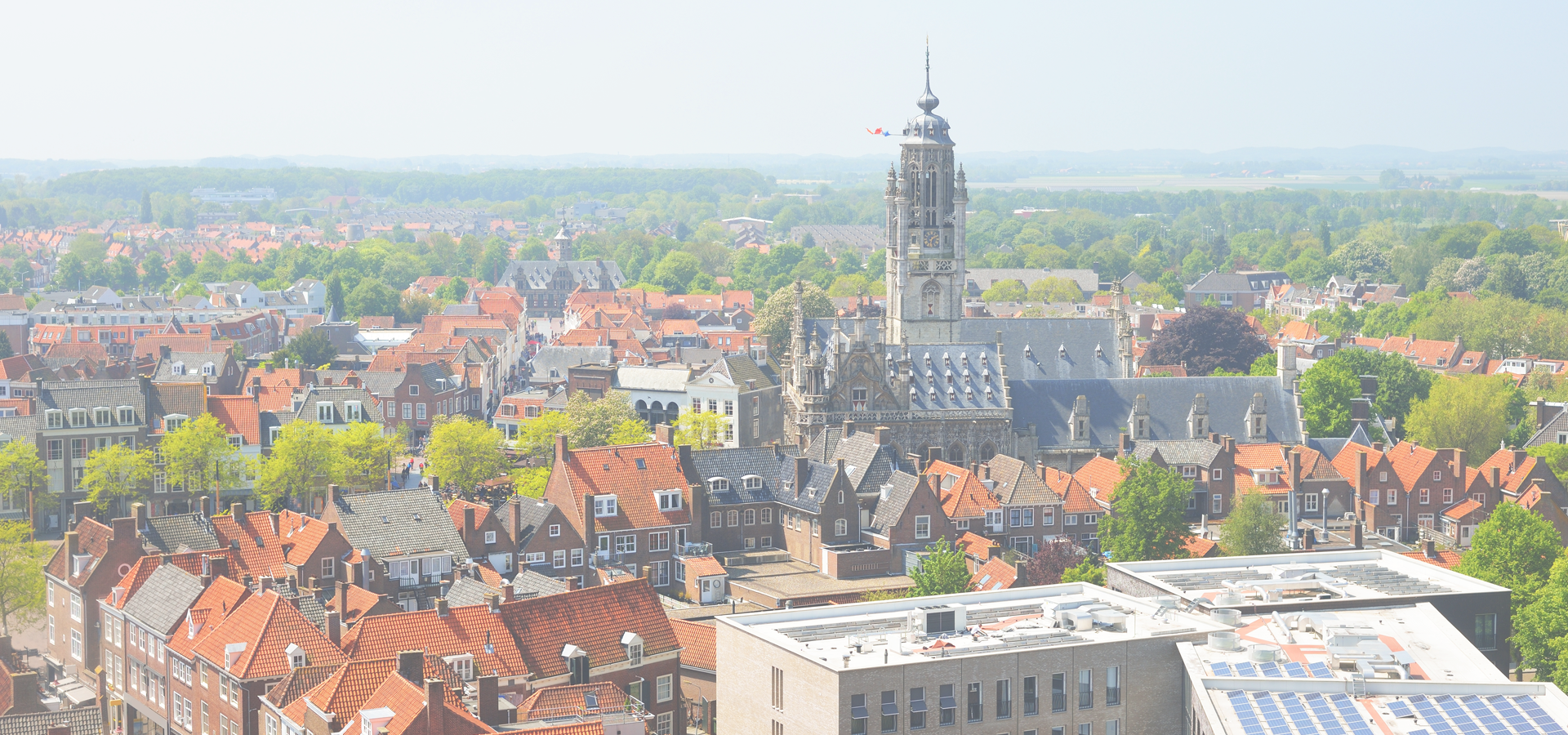Vlissingen, Zeeland, Netherlands
🇳🇱 Vlissingen, historically known in English as Flushing, is a municipality and a city in the south-western Netherlands on the former island of Walcheren. With its strategic location between the Scheldt river and the North Sea, Vlissingen has been an important harbour for centuries. It was granted city rights in 1315. In the 17th century Vlissingen was a main harbour for ships of the Dutch East India Company. It is also known as the birthplace of Admiral Michiel de Ruyter. Vlissingen is mainly noted for the yards on the Scheldt where most of the ships of the Royal Netherlands Navy (Koninklijke Marine) are built.
Vlissingen is mainly noted for the yards on the Scheldt where most of the ships of the Royal Netherlands Navy (Koninklijke Marine) are built.
Geography The municipality of Vlissingen consists of the following places: • City: Vlissingen • Villages: Oost-Souburg, Ritthem, and West-Souburg • Hamlet: Groot-Abeele
History The fishermen's hamlet that came into existence at the estuary of the Schelde around AD 620 has grown over its 1,400-year history into the third-most important port of the Netherlands. The Counts of Holland, Flanders, and Zeeland had the first harbours dug. Over the centuries, Vlissingen developed into a hub for fishing, especially the herring fishery, commerce, privateering and the slave trade.
The first reliable records of Old Vlissengen date from a charter of 1247, when the town already had a church and an infirmary; another in 1264 mentions a steenhuus or castle, the foundations of which were uncovered during the construction of a new town hall in 1965. In 1294, the town was purchased by Floris V, Count of Holland, who recognised the strategic and economic potential of its location and began its development. The port facilities were further extended in the mid-15th century, financed by a local monopoly in the herring trade. In the mid-16th century, the town fell into poverty due to the Eighty Years' War, the Dutch revolt against Spanish occupation, and particularly owing to the punitive taxes imposed by the Duke of Alba. In April 1572, the townspeople staged a successful uprising, expelling the Flemish garrison, firing at ships bringing reinforcements and hanging a Spanish nobleman in front of the town hall. Under the Treaty of Nonsuch in 1585, English garrisons were stationed here and at Brill to keep these ports out of Spanish hands. The towns were sold back to the Dutch in 1616.
During the heyday of the Dutch Golden Age, ships from Vlissingen set sail for the various outposts of the Dutch colonial empire and contributed to the world power of The Seven Provinces.
The history of Vlissingen was also marked by invasion, oppression and bombardments. Because of its strategic position at the mouth of the Schelde, the most important passageway to Antwerp, it has attracted the interest, at one time or another, of the British, the French, the Germans and the Spanish. Floods have also been a constant threat. Vlissingen declined during the 18th century. The Napoleonic Wars were particularly disastrous. After 1870, the economy revived after the construction of new docks and the Walcheren canal, the arrival of the railway and the establishment of the shipyard called De Schelde. The Second World War interrupted this growth. The city was heavily damaged by shelling and inundation but was captured and liberated by British Commandos of 4th Special Service Brigade on 3 November 1944.
The city was rebuilt after the war. In the 1960s, the seaport and industrial area of Vlissingen-Oost developed and flourished. Now this area is the economic driving force behind central Zeeland, generating many thousands of jobs. Nowadays approx. 50,000 ships annually from all corners of the world pass through the Schelde.
Transport • Railway stations: Vlissingen, Vlissingen Souburg. • Ferry connection to Breskens, since the Western Scheldt Tunnel was opened in March 2003 for pedestrians and cyclists only. • There used to be a ferry service to Sheerness operated by Olau Line. It was discontinued in 1994.
Europe/Amsterdam/Provincie_Zeeland

Vlissingen has a population of over 44,371 people. Vlissingen also forms part of the wider Zeeland Province which has a population of over 383,689 people. Vlissingen is situated 7 km south-east of the centre of Middelburg.
Twin Towns - Sister Cities Vlissingen has links with:
🇮🇩 Ambon, Indonesia🏴 Wandsworth 51.455
🏴 Richmond upon Thames 51.456
🏴 Bexleyheath 51.459
🏴 Twickenham 51.443
🏴 West Norwood 51.427
🇧🇪 Oudenaarde 3.6
🇳🇱 Middelburg 3.617
Locations Near: Vlissingen 3.56667,51.45
🇳🇱 Middelburg 3.617,51.5 d: 6.6
🇳🇱 Terneuzen 3.833,51.333 d: 22.6
🇧🇪 Bruges 3.225,51.209 d: 35.8
🇧🇪 Oudenaarde 3.6,50.85 d: 66.8
Antipodal to: Vlissingen -176.433,-51.45
🇹🇴 Nuku'alofa -175.216,-21.136 d: 16642.7
🇦🇸 Pago Pago -170.701,-14.279 d: 15850.2
🇼🇸 Apia -171.76,-13.833 d: 15811.3
🇵🇫 Papeete -149.566,-17.537 d: 15564.3
🇺🇸 Hilo -155.089,19.725 d: 11831.8
🇺🇸 Maui -156.446,20.72 d: 11756.5
🇺🇸 Maui County -156.617,20.868 d: 11744.4
🇺🇸 Wailuku -156.505,20.894 d: 11739